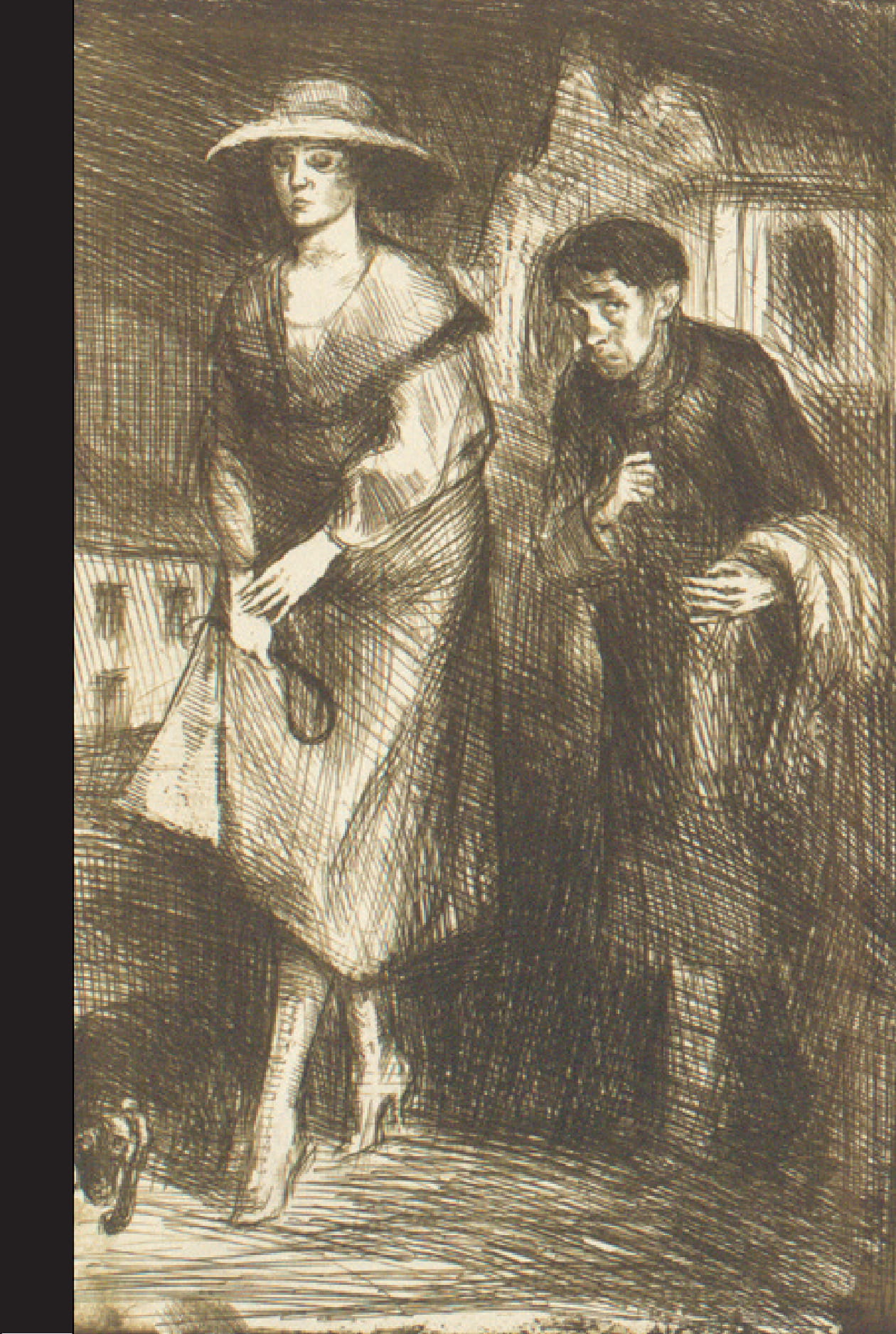Schulz i żałoba. O drugim ciele pisarza
Schulz and Mourning. On the Writer’s Other Body
Author(s): Jakub OrzeszekSubject(s): Anthropology, Comparative Study of Literature, Polish Literature, History of the Holocaust, History of Antisemitism
Published by: Fundacja Terytoria Książki
Keywords: bruno schulz;thanatology;anthropology of literature;Holocaust studies;somaesthetics;mourning image;
Summary/Abstract: The paper addresses the problem of the mourning cult of Bruno Schulz. The presented approach is critical of its excess in the Schulzean biographical discourses as well as literary and artistic references to his life and work, but it is by no means provocative like that of Janusz Rudnicki, who in the 1990s mocked the “hagiographic” idiom of Jerzy Ficowski. Analyzing archive records and testimonies, the author attempts to reconstruct the circumstances of Schulz’s death in possibly the minutest details. Comparing contradictory pieces of information with the official version made popular by Ficowski, he shows how profoundly it has been marked by the unperformed work of mourning over Schulz and the Holocaust – both the failed work of Ficowski himself and of his postwar correspondents whose letters determined the form of The Regions of Great Heresy. Using the idiom of thanatology and taking the role of a necrographer rather than that of a Schulz specialist, the author supposes that the dynamic of loss in the case of Schulz reaches far beyond the act of the writer’s execution on the street to include also the posthumous annihilation of his corpse and grave. This particular kind of necroviolence, perhaps the most hateful from the vantage point of the Jewish tradition and the heritage of Western culture in general, which consists in removing the material remains of the deceased has been called by Holocaust scholars “necrocide.” The absence of material traces and the “mourning objects” that usually help to cure the semiotic crisis which is death makes writers and artists commemorate Schulz with lyrical and artistic epitaphs. Their function is to restore the bodily identity of the dead person by creating his other body, told about and imagined in effigie, existing not beside but instead of the missing “mourning object.” However, the expansion of those elegiac narratives, particularly those produced outside Poland, often results in unintended reductionism. As a human being, writer, and artist, Schulz has been reduced in them to an emblem of the Holocaust, while such obituaries ignore the history of his archive. The other, historical and material body of the writer consists of his manuscripts, drawings, graphic works, and official documents. It exists, drawn and quartered, in archives, to be put up for auction for tens of thousands of dollars, exposed in museums and art galleries, and hoarded by collectors as precious relics.
Journal: Schulz/Forum
- Issue Year: 2019
- Issue No: 14
- Page Range: 168-184
- Page Count: 17
- Language: Polish

